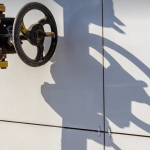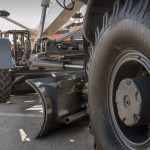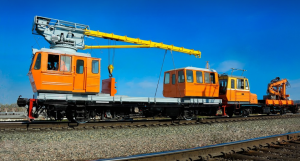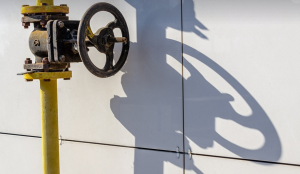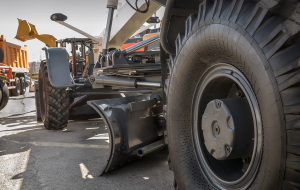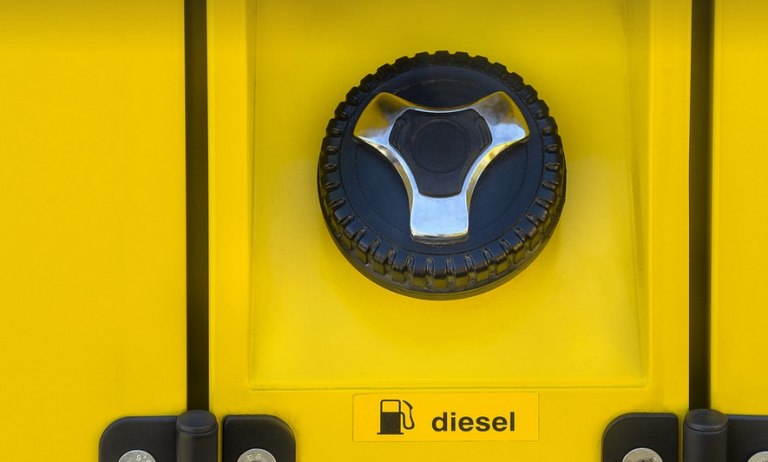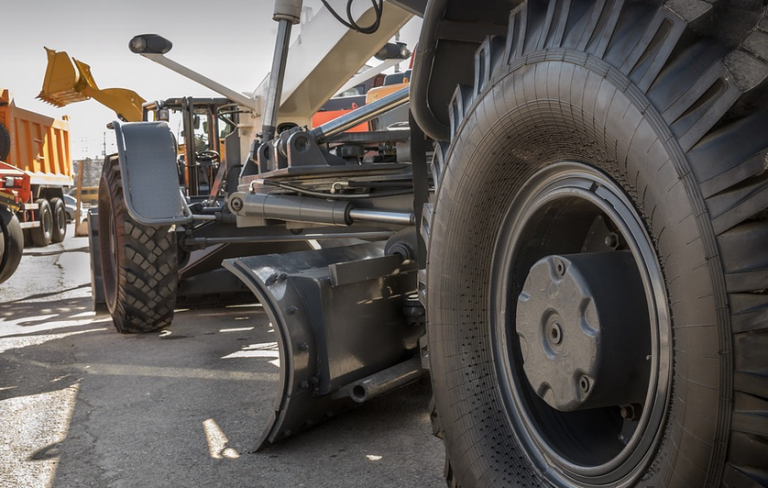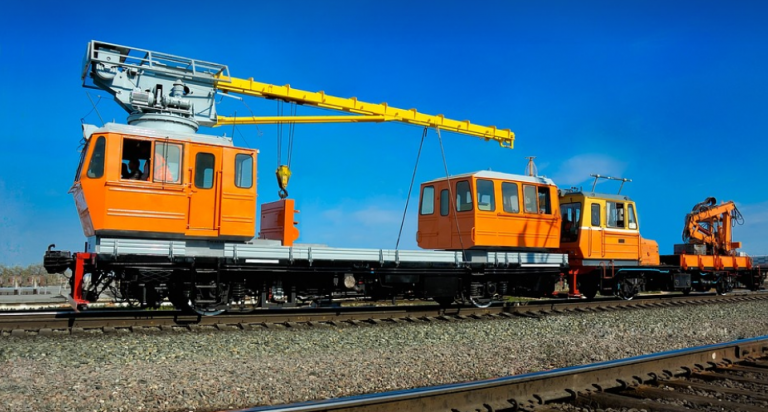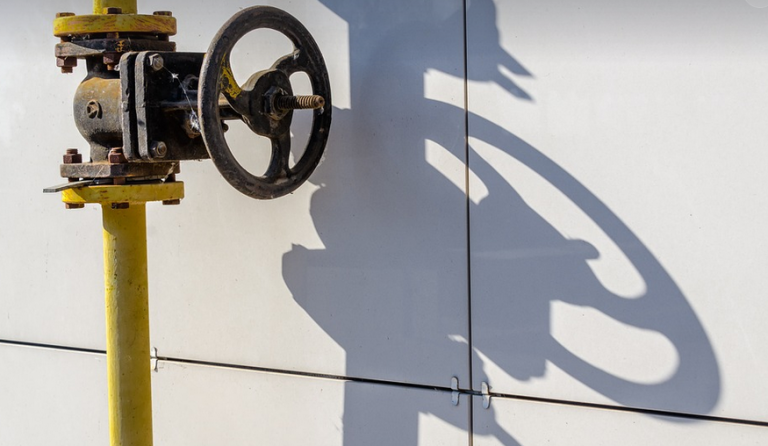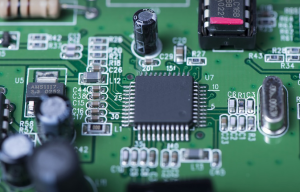Finding the Perfect Gear: A Guide to Top-Rated Welding Helmets
welding, as a trade or hobby, is an art form that demands precision and safety. Protecting your eyes from harmful rays and sparks is paramount when working with molten metal, and a welding helmet plays a vital role in this endeavor.
But picking the “best” welding helmet isn’t just about finding one that blocks out the heat; it’s about choosing the right features for your individual needs. Whether you’re a seasoned professional tackling high-voltage projects or a DIY enthusiast chipping away at an artistic metal sculpture, this guide will help you navigate the world of welding helmets and find the perfect match.
When shopping for a welding helmet, you want to look beyond just the fancy brands. Before picking out a brand, consider these factors: What type of welding are you doing? What’s your budget? Do you need extra features like automatic darkening or Bluetooth connectivity?
Understanding Welding Helmet Types
Welding helmets come in various styles, each with unique benefits and drawbacks. Two common types stand out:
1. Auto-Darkening Helmets
These are the most popular choice for many welders due to their convenience and ease of use. They automatically darken when exposed to welding arcs, providing instant protection against intense light and splatter.
Auto-darkening helmets vary in shades, with lower numbers signifying brighter light and higher numbers indicating deeper darkness. For TIG or stick welding, a shade range of 9-10 might suffice; however, for MIG or arc welding, you may need a wider range. It’s crucial to experiment with different helmet settings to find the perfect balance.
Auto-darkening helmets are available in various styles, from full-coverage (with side and forehead protection) to lighter options that prioritize comfort and minimal bulk. These helmets offer a wide range of features like automatic shade selection, digital displays for viewing welding parameters, and Bluetooth connectivity for audio updates or real-time information.
2. Shade Adjustment Helmets
These helmets offer manual adjustments to control the darkness level. These are often lighter than auto-darkening models. While they may lack the automatic darkening feature of their counterparts, they provide excellent shade and light control, making them ideal for experienced welders who want more customization.
The advantage of manual adjustment helmets is their adaptability to different welding tasks. While they might require a skilled eye and some adjustments to achieve optimal protection, most users find this level of manual control to be highly effective.
Choosing the Right Helmet for Your Welding Needs
Now that you understand the different types of welding helmets, let’s delve deeper into their applications.
1. MIG/Stick Welding
For MIG and stick welding, where intense splatter is common, a helmet with a more robust shade range will be beneficial. You’ll need to consider a helmet with at least a 9-shade for comfortable operation. A shade adjustment helmet can offer greater flexibility for different welding situations.
2. TIG Welding
TIG welding, known for its precision and delicate touch, prioritizes finer detail and requires less darkness than MIG/stick welding. For TIG work, you’ll likely need a lower shade range (6-8) to protect your eyes without sacrificing visual acuity.
3. Arc Welding
Arc welding, characterized by its bright arc, demands helmets with high light transmission and automatic darkening features. A helmet with a shade range of 9-10 would be ideal for this type of work. It’s essential to ensure the helmet offers good visibility and protection against splatter while welding.
Beyond Safety: Features to Enhance Your Welding Experience
While safety is paramount, many other features can enhance your welding experience:
1. Comfort and Durability
Look for helmets with adjustable straps, comfortable padding, and a fit that feels secure without being bulky or restrictive. Durability matters too; ensure the helmet’s frame and lenses are robust enough to withstand frequent use.
2. Connectivity and Digital Displays
Some helmets now offer Bluetooth connectivity, allowing you to connect to digital displays for real-time information about welding parameters like amperage, voltage, and electrode position. This feature can significantly enhance your work efficiency.
3. Automatic Shade Adjustment
A feature that automatically adjusts the shade level based on the intensity of the arc allows for a more hands-free experience. This is ideal when welding at high speeds or in areas with varying light conditions, ensuring constant protection without constant adjustments.
The Importance of Choosing the Right Brand
Choosing a welding helmet brand can be crucial to your success and comfort on the job. Here are some factors to consider:
1. Reputation and Quality
Brands with a long-standing reputation for quality, durability, and innovation will offer greater reliability and longevity. You’ll want to invest in a brand known for its high standards.
2. Customer Reviews and Support
Reading user reviews can provide insights into the helmet’s features, ease of use, and overall performance. A strong customer support network is invaluable when dealing with any technical challenges or issues.
Conclusion
Selecting the best welding helmet for 2024 requires careful consideration of your specific needs and welding style. By understanding the different types of helmets available, choosing the right shade range based on your welding tasks, exploring additional features like connectivity and auto-darkening technology, and considering reputable brands with strong support networks, you’ll be well equipped to make informed choices that ensure your safety and elevate your welding experience.

